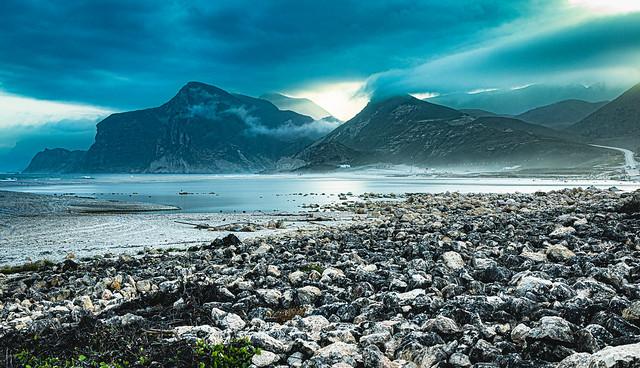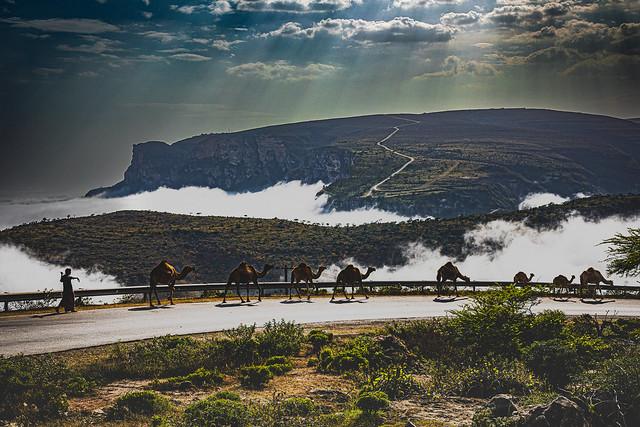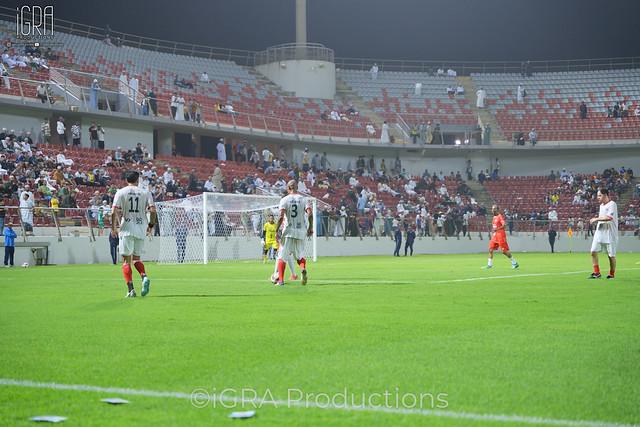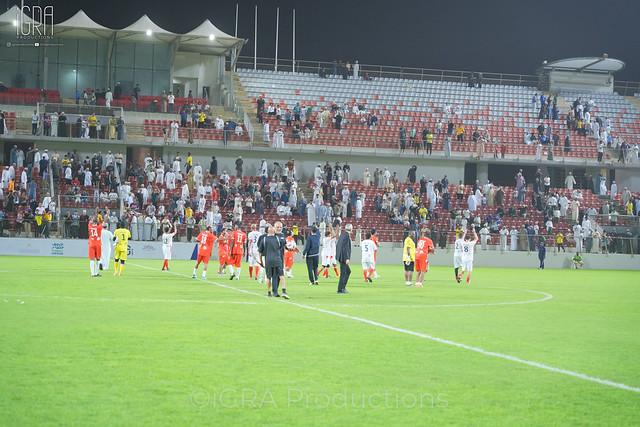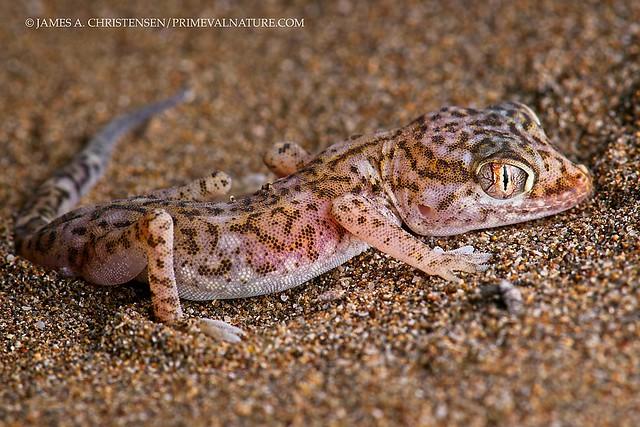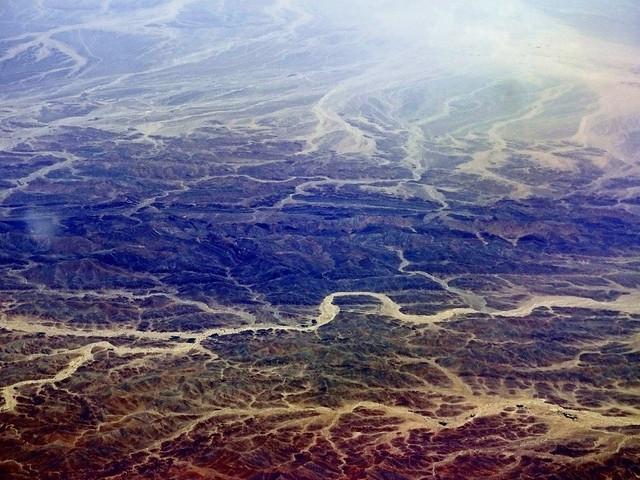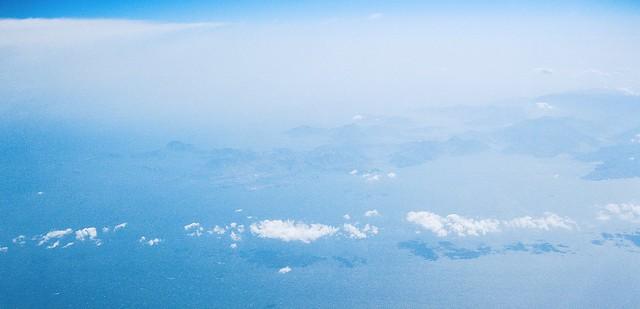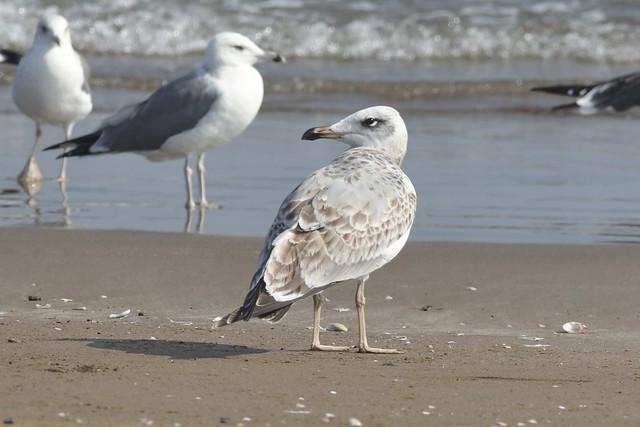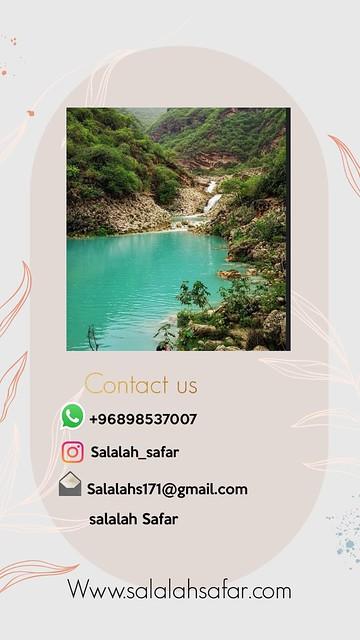Dhofar
Overview
Dhofar, the southernmost region of Oman, offers a unique blend of Arabian culture and breathtaking natural landscapes. Unlike the arid conditions found in much of the Middle East, Dhofar is renowned for its lush, green scenery, especially during the monsoon season known as the Khareef when mist and light rain transform the desert into verdant pastures. The region's capital, Salalah, is the birthplace of the current Sultan and hosts a rich tapestry of history and tradition, with ancient ruins like the lost city of Ubar, often referred to as the "Atlantis of the Sands," and the Al Baleed Archaeological Park. The culture here is heavily influenced by the sea, and Dhofar's coastline is dotted with picturesque fishing villages where traditional ways of life are still practiced.
The best time to visit Dhofar is during the Khareef season, which runs from July to September. This period attracts tourists with its cooler and more temperate climate, a rare phenomenon in the generally hot Arabian Peninsula. The weather during these months is characterized by a cool mist and occasional drizzles, creating an almost magical ambiance and turning the landscape lush and green. Visitors can enjoy a variety of activities such as hiking in the mountains, exploring wadis (riverbeds that fill during the rains), bird watching, and visiting the seasonal waterfalls that are a spectacular sight during the Khareef. The Salalah Tourism Festival, which takes place during this season, showcases local music, dance, and food, offering a deep dive into the cultural heritage of the region.
Before traveling to Dhofar, it's important for visitors, especially teenagers, to prepare adequately to ensure a comfortable and safe trip. Firstly, obtaining a tourist visa is necessary for many nationalities, and it can usually be done online or upon arrival, depending on one's country of origin. Since the weather during the Khareef can be cooler and wetter than expected, packing a light jacket and appropriate footwear for potentially muddy conditions is advisable. Additionally, understanding local customs and dress codes is crucial in this conservative region; modest clothing is recommended to respect local traditions. Lastly, having a basic knowledge of Arabic phrases can be helpful, though many locals also speak English, particularly in tourist areas.
How It Becomes to This
History not available
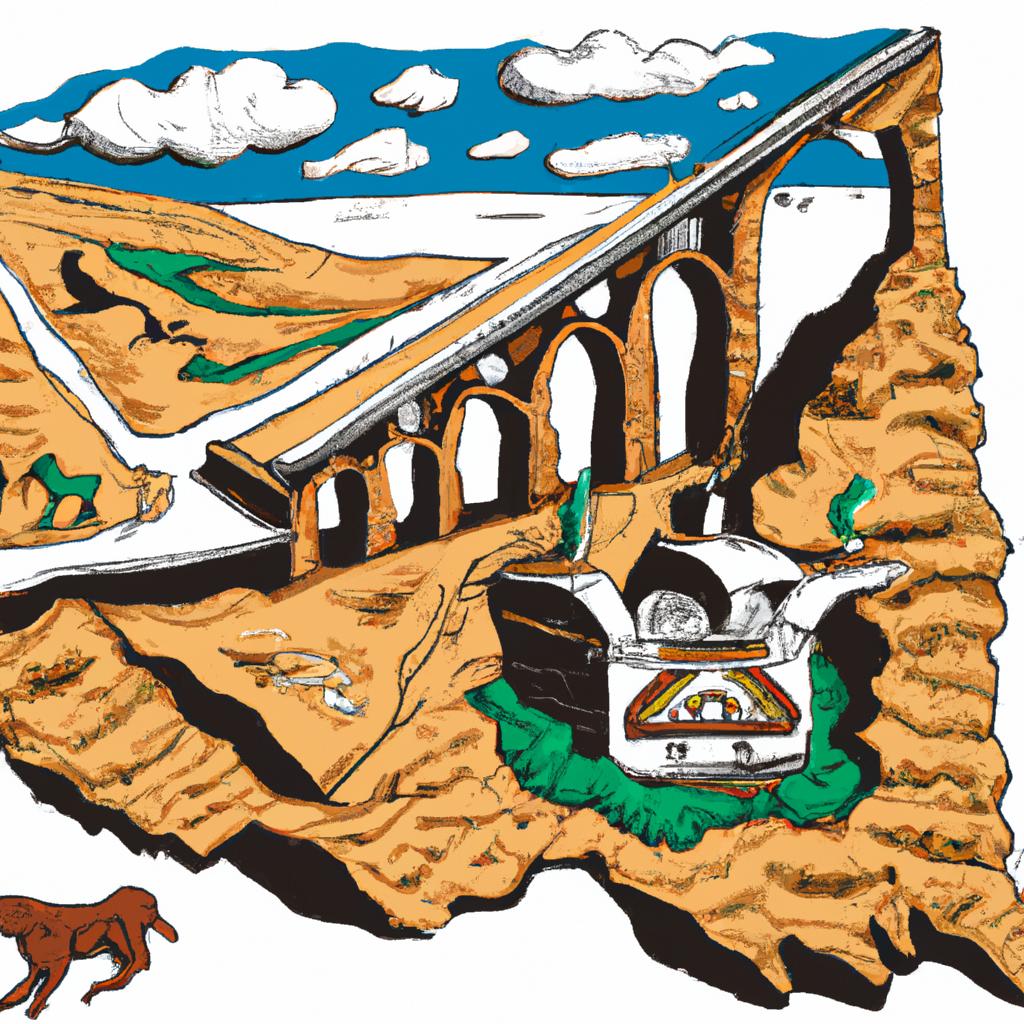
You May Like
Explore other interesting states in Oman
Discover More Area
Delve into more destinations within this state and uncover hidden gems.


